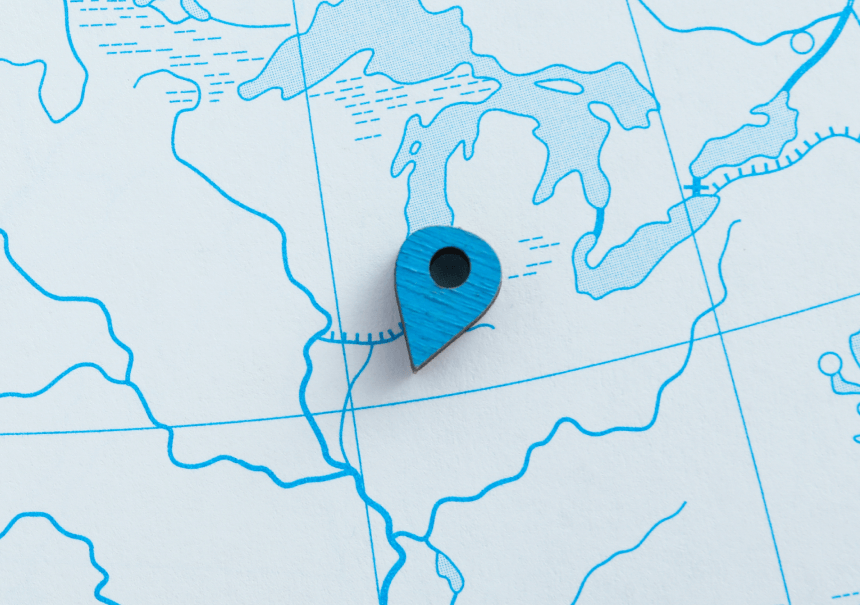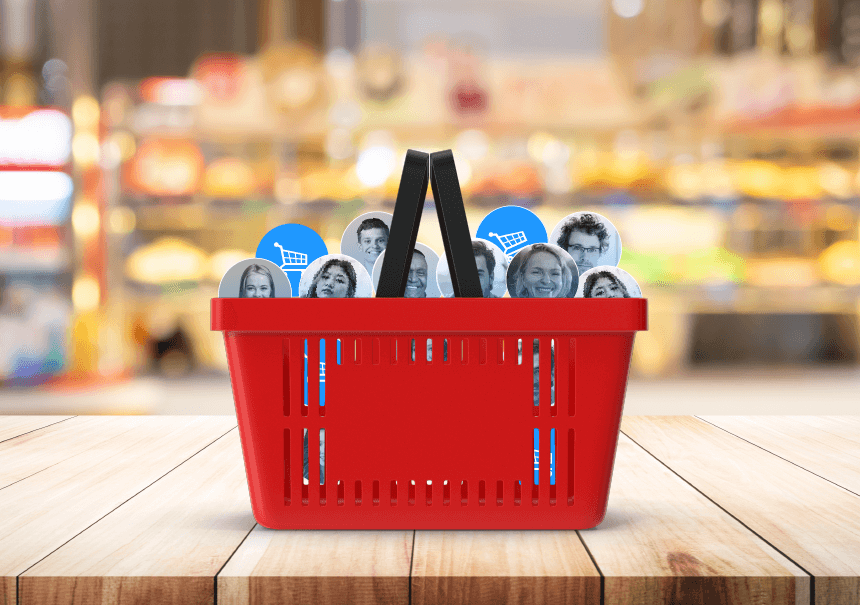Geographic segmentation in marketing automation

Geographic segmentation allows you to precisely target specific customer groups based on their geographic location. In today’s globalized world, where cultural, climatic and economic differences can significantly influence consumer preferences, geographic segmentation is becoming an essential element of an effective marketing strategy.
Advantages of geographic segmentation
Geographic segmentation offers many benefits that can significantly improve the effectiveness of your marketing campaigns. First of all, it allows you to adapt marketing messages to the specific needs and expectations of customers in different regions. For example, campaigns promoting winter clothing will make more sense in colder regions than in places with warm climates.
Another advantage is the optimization of marketing costs. Thanks to precise targeting, you can limit expenses on campaigns that are directed to people who are not interested in a given product due to their location. Moreover, geographical segmentation allows for a better understanding of the local market, which may be crucial when introducing new products or services.
How to use geographic segmentation
To effectively use geographic segmentation in marketing automation, it is worth starting by analyzing customer location data. This can be done using analytical tools that collect data about the origin of website traffic, IP addresses and locations from mobile devices.
Then, based on the collected data, you can create customer segments such as regions, cities, postal codes or even climate zones. Each of these segments can be targeted separately, taking into account the specific needs and preferences of its inhabitants.
Marketing campaigns should be tailored to these segments. For example, email campaigns can contain content personalized based on local events, holidays or seasonal promotions. Social media ads can be geotargeted to reach people in specific regions with relevant offers.
When to use geographic segmentation
Geographic segmentation is particularly useful in several situations. Firstly, in the case of companies that operate on many local markets. Adapting marketing messages to the specificity of each market can significantly increase the effectiveness of the campaign.
Secondly, geographical segmentation is crucial in industries that are highly dependent on local conditions, such as the fashion, food and tourism industries. For example, restaurants can run promotions aimed at residents of specific neighborhoods, and travel agencies can target tour offers to places with a specific climate.
Third, geographic segmentation is essential when running seasonal campaigns. Companies can better manage their resources and adapt offers to local weather conditions, holidays and cultural events.
Examples of geographic segmentation
1. City/Region Targeting: A company can use geographic segmentation to target their marketing campaigns to specific cities or regions where there is greater demand for their products or services. For example, a company that sells ski equipment may focus its marketing efforts on mountainous areas where there are more potential customers interested in winter activities.
2. Geotargeting of online advertising: Advertising platforms such as Google Ads and Facebook Ads enable geotargeting, i.e. displaying ads only to users located in specific geographical areas. For example, a restaurant operating in a specific neighborhood can display ads only to residents of that area, which increases the effectiveness of the campaign and reduces the waste of budget on the wrong audience.
3. Personalization of website content: Companies can tailor their website content to local user preferences and needs. For example, an online store’s website may display products related to the current weather in a given region or promotions available only to customers from specific locations.
4. Location-based SMS/Mobile Campaigns: By leveraging mobile users’ location data, companies can send personalized SMS messages or push notifications with offers and promotions tailored to their current location. For example, a clothing store might send a notification about a special sale on raincoats only to customers in rainy areas.
5. Demographic analysis combined with location: Geographic segmentation can be more effective when combined with other demographic data, such as age, gender, and income. For example, a company offering luxury products may target its campaigns at residents of wealthy neighborhoods in a particular city.
Summary
Geographic segmentation in marketing automation allows companies to precisely reach specific customer groups, optimize costs and increase the effectiveness of campaigns. By using customer location data, companies can create personalized campaigns that better respond to the needs and expectations of recipients. In the era of growing competition and dynamically changing markets, geographic segmentation is becoming an indispensable element of an effective marketing strategy.



